Sennheisers HD 620S Review
Does it always have to be Bluetooth? Sennheiser’s HD 620S challenges wireless headphones. Closed design with “open” sound is the promise. We put it to the test!
By: Julian Kienzle
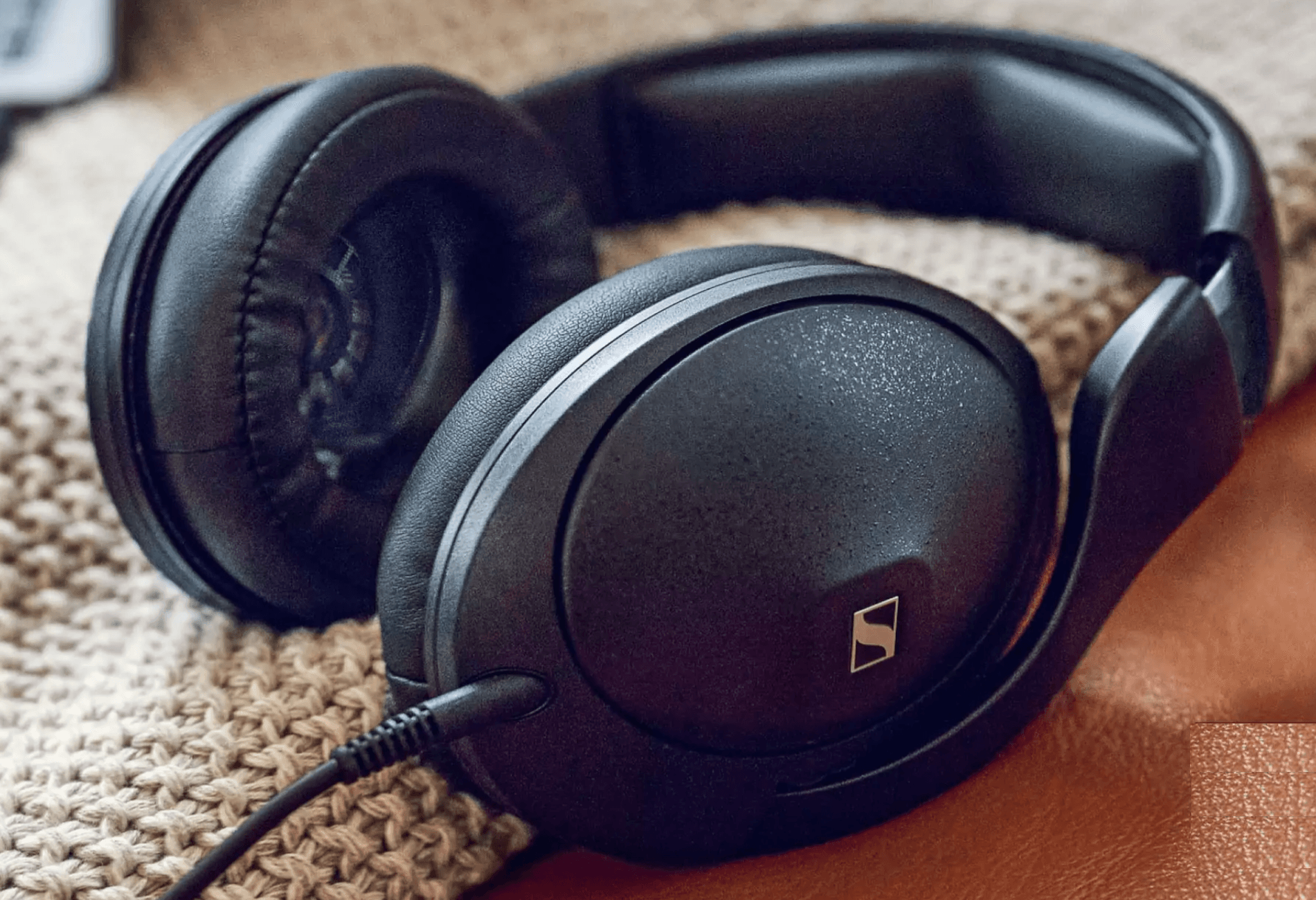
Nowadays, anyone listening to music with wired headphones on the train or bus is something of a rarity. You hardly see anyone anymore who, as was common a few years ago, frustratingly untangles the cable mess of their earbuds. Let alone bringing along closed over-ear headphones and happily plugging them in.
Well, one has to ask:
Why indeed? Bluetooth headphones have come a long way. Quality is now available at affordable prices, noise cancellation provides peace, and thanks to wireless connection, there’s no more cable chaos. Is the “classic” headphone a dying breed? Maybe—but one that still has plenty of will to survive. And rightly so!
No built-in batteries that eventually die, no software updates that eventually render the headphones unusable. No gimmicks, just music. And when it comes to silence: A closed-back headphone can provide good isolation even without active noise cancelling.
Sennheiser sees it the same way and releases the HD 620S, the first closed-back headphone in the renowned 600 series. The marketing speaks loud and clear: “Turn off distractions – turn on open sound,” the company headlines. They seem to have achieved it: Is this the “jack-of-all-trades” of headphones? A closed design that sounds like “open,” bass quality that often only closed designs can deliver, and isolation from the outside world without digital magic. All of that at a moderate price of just under $. A bold promise.
- 7Review earns Amazon affiliate commissions from qualifying purchases.
A True Sennheiser
Sound-wise, the developers were undoubtedly inspired by their open 600 series. The frequency response on the right side shows the similarity to the HD 600—a classic in Sennheiser’s lineup.
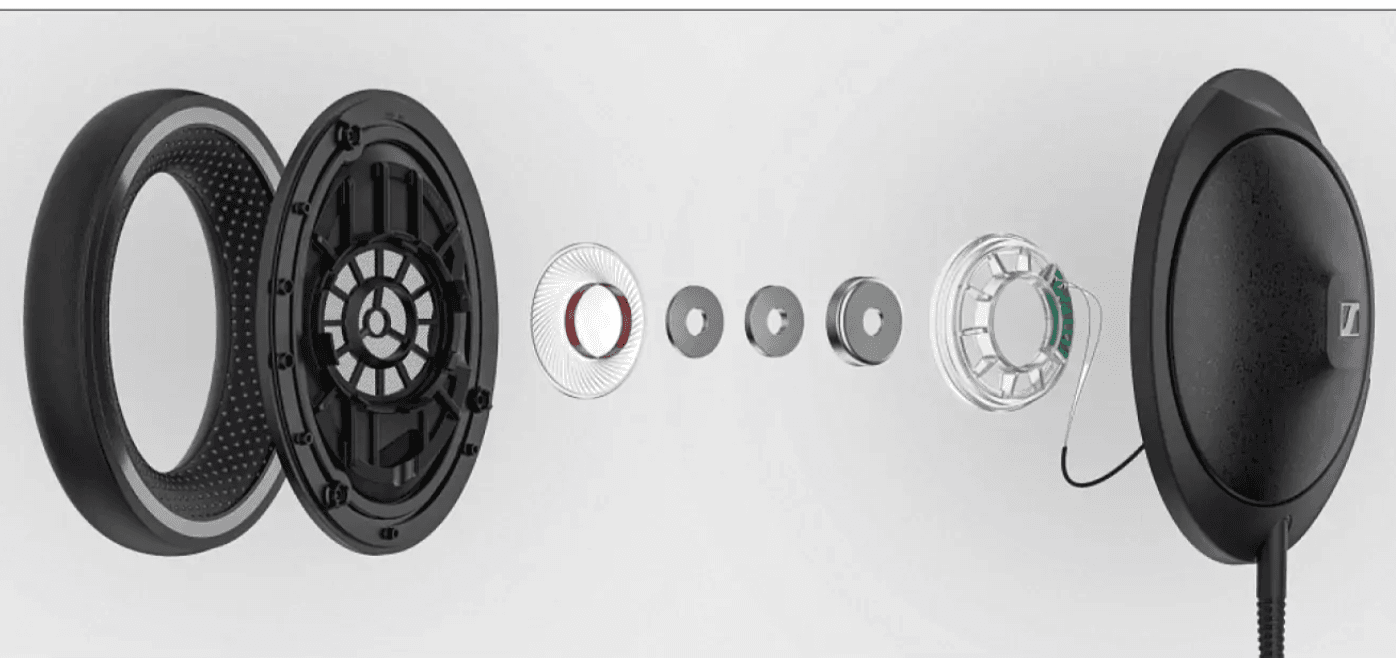
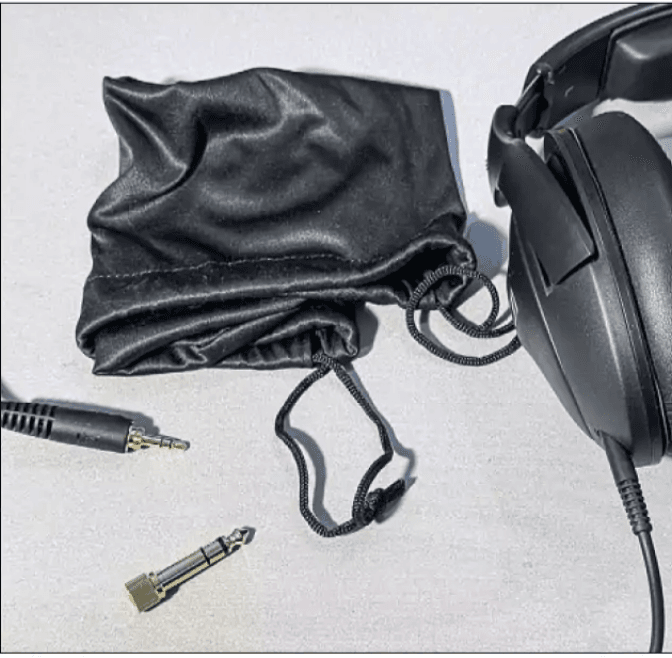
Also clearly recognizable is the significantly stronger bass performance of the HD 620S—usually an advantage of closed systems. More about the sound later; first, let’s look at the technical delicacies.
For converting the electrical signal into audible sound, a 42-millimeter driver is used here. It is angled from the front in the headphone, which comes closer to the radiation pattern of traditional speakers than a centrally positioned installation. After all, speakers are never directly next to the ears but at some distance in front of the listener.
The soundboard is also particularly wide open to simulate the airflow of open headphones. The voice coil is made of aluminum and, according to Sennheiser, combines a high damping factor with low weight. This should particularly benefit clarity and transparency. At 150 ohms, the HD 620S is not an extremely easy-to-drive headphone, requiring a bit more voltage from the amplifier. But this value is still practical, and many mobile devices can drive the headphones sufficiently.
The ear cups are largely made of plastic, but on their backside there is an integrated steel plate. This noticeably enhances the tactile quality but should also further improve the shielding from external noise. On the inside, a layer of foam ensures that no reflections occur, which would undoubtedly be sonically unfavorable.
How Does It Perform in Practice?
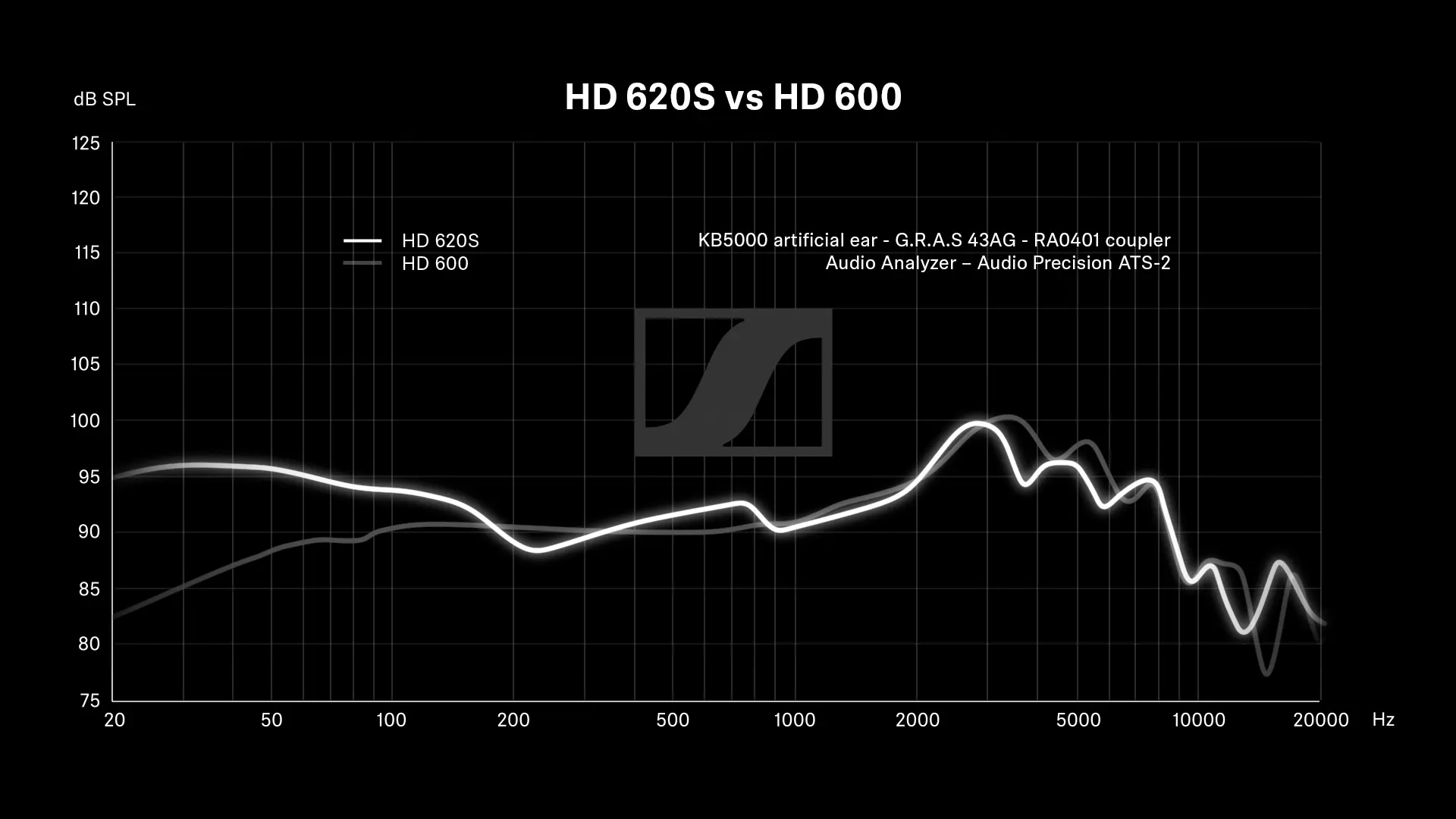
Whether it really is due to the steel reinforcement, we cannot judge.
However, we can attest that the HD 620S provides exceptionally high passive noise attenuation of disturbing environmental influences. Compared to, say, a Focal Azurys, the Sennheiser lets far less noise reach your ears. With the Azurys, it makes less difference whether you wear it or not—despite also being a closed design.
The wearing comfort of the HD 620S also pleases us. Although the clamping force is noticeable, it is not uncomfortable and distributes well thanks to the very supple ear pads. The headband has a very wide adjustment range and should allow a comfortable position for both smaller and larger heads. Despite the steel plates, the weight of about 320 grams is unproblematic. Also pleasing: The perforated faux leather pads do not tend to cause excessive heat buildup.
These can also be easily removed, thereby increasing the lifespan of the headphones if necessary. The cable can also be easily replaced. It is plugged into the left ear cup with a small jack with a locking mechanism. In the Sennheiser shop, there is a cable version with a built-in microphone ($32) and a longer 3-meter cable ($17) instead of the supplied 1.8-meter one to buy. The latter, however, is not available at the time of testing. There is also a balanced cable on offer, which costs a sporty $109 and thus about a third of the MSRP of the headphones themselves.
In addition to the cable, the package includes only an adapter from 3.5 to 6.3-millimeter jack and a very thin and not exactly confidence-inspiring storage pouch. “The included carrying bag protects against dust,” writes Sennheiser in its press release. That’s refreshingly honest—for more than that, this pouch can hardly manage. Especially for a device that can also be used on the go, a higher-quality and protective carrying case would have been welcome.
At least there’s little to complain about in the labeling of the left and right ear cups: The letters “L” and “R” are clearly printed on the inside of the headband, and an additional tactile element on the left side (image below) ensures that you always find the correct side even “blindly.”
Hard as Steel, Soft as a Feather
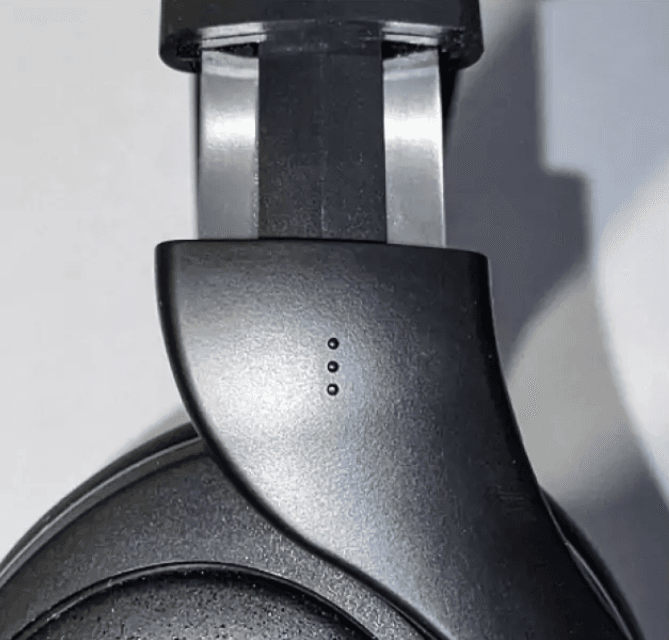
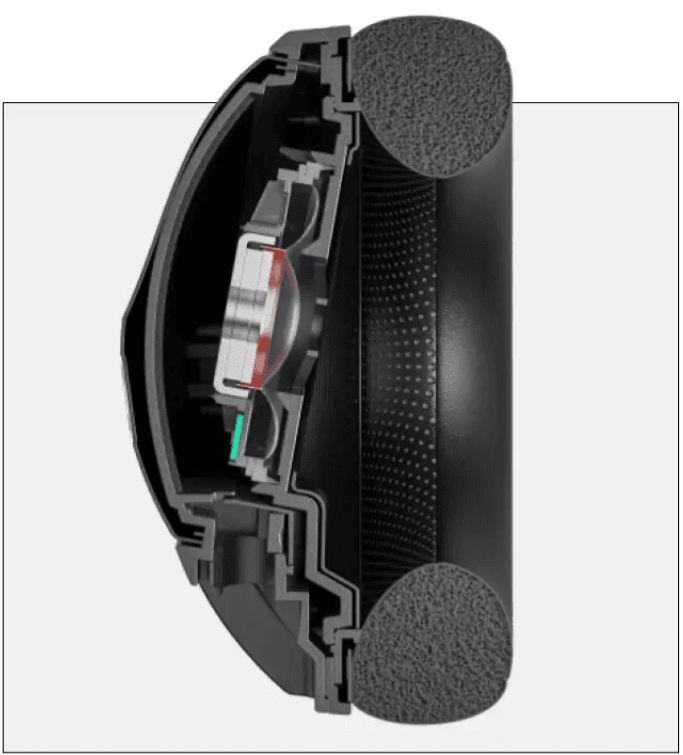
Neutrality in sound is usually the core of Sennheiser’s tuning—also here. But there’s so much more: The sound of the HD 620S is delicate and intricate, open and full of love for detail. All underpinned by a ruggedly gruff bass that is rather slim but supports the sound image with plenty of power. Sharpness exists here only in its best sense: as spice and pep, not as a painful surprise. We listened to the grandly intricate “Mayday!” by Sparkbird and discovered some previously unnoticed nuances in the song’s structure. A Beyerdynamic DT 770 Pro X renders the bass juicier and the stage wider; the Sennheiser places the instruments a bit more in front of the head, plays silkier and is somewhat more suitable for long listening sessions—a matter of taste! We particularly liked “Old One” by Finnegan Tui. It was a holographic experience with the HD 620S, allowing us to delve deep into the action.
The hard steel shell reveals little about the sonic design. A possibly feared “iron fist” is nowhere to be found; instead, you find graceful lightness. Added to that are good practical features. Indeed, these headphones fuse contrasting philosophies into a holistically successful product. Great class!
Specs
- Product Type / Price Range: Over-Ear Headphones (passive) / up to €500
- Website: www.sennheiser-hearing.com
- Dimensions (W × H × D): 19 × 17 × 10 cm
- Weight: 320 g
- Available Color: Black only
- Design Principle: Dynamic, closed
- Impedance: 150 Ohms
Included Accessories
- Carrying pouch
- 3.5 mm cable
- 6.3 mm adapter
Build & Materials
- Plastic, artificial leather, steel
Cable Length
- 1.8 m (rated “good”)
Verdict
Sound (55% Weight)
- German Score: 9.6 (Very Good)
- Description: Neutral, open, transparent, fast response with subtle yet snappy/punchy bass
- Shielding/Isolation: Very good
Handling (30% Weight)
- Score: 6.9 (Good)
- Comfort: Good
- Ergonomics: Not swiveling/foldable
- Manual Quality: Satisfactory
- Left/Right Marking: Good
- Cable Replaceable: Yes
- Warranty: 2 years
Features (15% Weight)
- Score: 7.5 (Good)
Overall Test Result
- Score: 8.4 (Good)
When you purchase through links on our site, I may earn an affiliate commission. Here’s how it works.
Did they make a closed HD600? - Sennheiser HD620S review
People have been asking Sennheiser for a closed back 6X0, and here it is. How does it sound? You can find the Sennheiser HD ...






